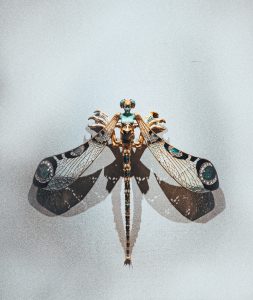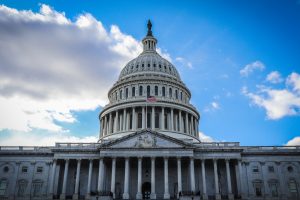Who is More at Risk for Varicose Veins?

As you get older, a lot of things change. Whether you are healthy or unhealthy, everyone can get varicose veins. A lot of people can get varicose veins, there are a variety of causes and reasons one might get them. But before we get into who is more at risk for these swollen veins, what are they? And how do people get them?
What Reallyare Varicose Veins?
Typically caused by weak valves and vein walls, varicose veins occur in many people. Inside theveins are valves that open and close to let blood through. They also close to prevent blood from flowing the wrong way. When the walls of veins lose their elasticity, valves become weak. If blood collects in the veins, they become swollen. These veins may be lumpy, twisted, and bulgy. Other symptoms of varicose veins are aching and heavy legs that can make you uncomfortable. Additional symptoms of varicose veins are swollen feet and ankles, muscle cramps in your legs, and dry or discolored skin.
When small valves inside veins stop working properly, varicose veins occur. Veins should allow blood to flow easily to the heart and prevented from flowing backwards by a series of tiny valves. Ifthese valves are damaged, blood will collect in the vein, causing it to swell.
Which People areat Risk for Varicose Veins?
A common condition, varicose veins happen to three in 10 adults. Men develop varicose veins less than women. Any vein can become varicose. These are most commonly developed in the legs, feet, and calves. Standing for extended periods of timecan put a lot of pressure on the veins in the lower body. While anybody can get varicose veins, specific people are more susceptible to it.
Women typically contract varicose veins more often than menbecause their hormones tend to relax the walls of veins, which makes thevalves prone to leak. Chemicals produce by the body can be changed by pregnancy, menopause, and premenstrual syndrome. The amount of blood increases to support the developing baby, putting strain on your veins. Hormone levels cause muscular walls of the blood vessels to relax, causing an increase risk.
The risk of varicose veins is increased if you have a family member with them. As it turns out, these veins can be genetic. However, if you don’t have any family member with varicose veins, you could still get them as you get older. Veins begin to lose elasticity and valves stop working as well as they used to when you age.
Next, if you are overweight you are at risk for varicose veins. If you are overweight, more pressure is put on the veins. Your circulatory systemhas to work harder to send the blood back to your heart. Increased pressure on the valves makes them prone to leaking. While it is always good to stay at a healthy weight, being overweight can lead to unwanted varicose veins.
Finally, even your occupation can affect your risk for varicose veins. Some jobs that require extended periods of standing can lead to varicose veins because the blood doesn’t flow as easily when you are standing for a long time. The same goes for sitting, but to a lesser degree. Either way, it is important to move around and keep your blood circulating to avoid varicose veins.
As you can see, a lot of people are at risk for varicose veins. They can occur for a number of reasons and there is no one reason that they appear. Still if you take precautions and understand why they happen, you can avoid them. While sometimes there is no way to do so, exercising regularly, eating well, moving around, and sitting enough can help you.
However, if you do all this and still get varicose veins, there are plenty of ways to treat them. Sometimes you don’t need to do anything but you can go to a varicose veins clinic. It is always good to go with your doctors suggestions if you are concerned about the veins. Prevention is the best way to go about it, but in the end it isn’t likely that they will harm you.














